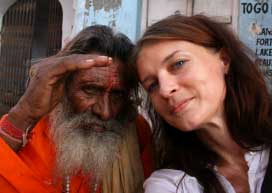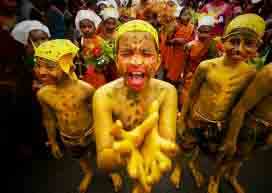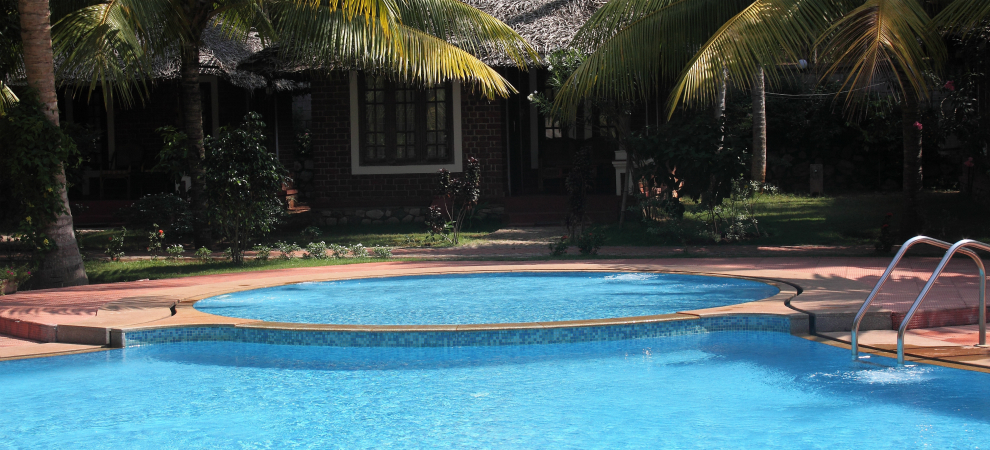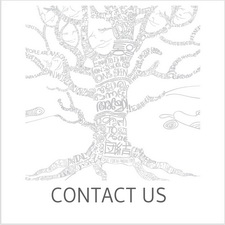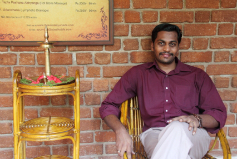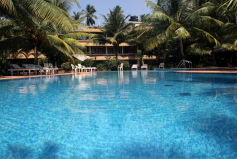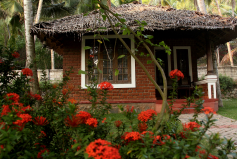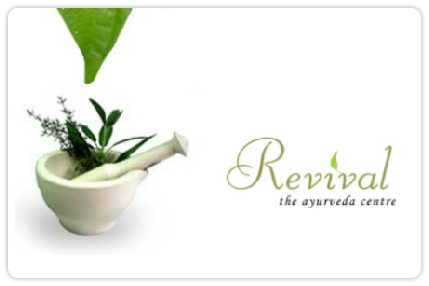Revival, the ayurveda wellness centre associated with Abad Group of Hotels and Resorts offers the holistic healing powers of traditional Ayurveda through rejuvenation and revitalization treatments to create a superlative balance between body, mind and soul. We have been in the forefront in treating diseases including Fibromyalgia, Psoriasis, Arthritis, Tendonitis, Stress , Neurological lesions etc. The therapeutic and wellness treatments including Panchakarma, Rejuvenation, De-stresss and Synchronised massages are carried under the guidance of a qualified Ayurveda physician and therapists from the well reputed hospital in Kerala, Dhanwanthari Vaidyasala. This makes Revival more unique and authentic in imparting and upholding the true spirits and the morale of Ayurveda with our every guests.
What is Panchakarma?
In Ayurveda treatment consists of four basic forms, namely - medicine or drug therapy, pancha (five) karma (actions/ systems), dietary regime and regulation of lifestyle. And works in two fundamental ways - cure and prevention.
The preventive aspect of treatment is further subdivided into swastha varta (personal hygiene) - consisting of dinacharya (daily routine), ritucharya (seasonal corrections) and sadachara (appropriate behaviour) - rasayana & vajikarana (rejuvenation & virlification) and yoga. The curative aspect consists of three parts antati parimaijana (internal medicine) - consisting of samsodhana (internal purification through panchkarma) and samsamana (curative action) - external medicine as massage, use of pastes & powders and finally surgical treatment.
The deep cleansing process, unique to Ayurveda, that enables the body to release excess doshas and toxins from its cells and expel them is called Panchakarma, which basically denotes detoxification or elimination of toxins from the body. Although the human body is considered as a great, intelligent, natural healing system capable of rejuvenating itself, the formation of toxins reduces that natural capacity. It is then that Panchakarma plays a crucial role in that correction.
Basic Principles
Panchakarma consists of medicated emesis (vamana) to remove excess kapha, therapeutic purgation (viracana) to clear excess pitta, medicated enema (vasti) to eject excess vata, nasal drops or snuffs (nasya) for diseases of the head & neck and bloodletting (raktamokshana) in case of blood disorders. Five purification procedures for removing accumulated toxins and other waste material in the body. As the humors and tissues are related closely to each other, this discharge procedure affects the tissues indirectly by the strong elimination of related humor. For example, the pronounced elimination of kapha by herb induced emesis causes an effect on the nutrient tissue fluid pool, containing water and electrolytes, plasma, muscle, fat. Or the large release of pitta by selective purgation similarly causes an indirect effect on the total colouring material in the body or blood. Vasti is somewhat different, as it is meant to nullify excess vata and contains warm oleation substances. During its long contact with the membrane of the large intestine, it separates layers of faecal matter and thus enhances better absorption, which is responsible for the ultimate nourishment of all tissues. Nasya in turn cleans the sinus and thereby improves the function of sense organs.
Physical and mental diseases occur due to the vitation of somatic doshas vata, pitta and kapha and due to mental doshas Rajas and Tamas. Volitional transgression, effect of time and senses are the three primary causes responsible for vitation of biological and mental doshas. Food, drinks & environmental factors with similar properties to the doshas vitiates them and cause disease. Panchakarma's purificatory therapies balance out the three doshas, acting both as a curative and a preventive measure.
The Three Stages
Poorva (pre) Karma - These important preparatory procedures have two parts
• Oelation (snehana) Therapy
• Fomentation (swedana) Therapy
Pradhan (main) Karma - Consists of the five essential purificatory therapies, namely.
• Emesis Therapy
• Purgation Therapy
• Enema Therapy
• Nasal Therapy
• Bloodletting
Paschat (post) Karma - Crucial follow-up therapies that include diet, medication & lifestyle.
Duration of Panchkarma
The whole treatment of nearly a months duration is generally broken up in this manner :
1st cycle
• 1st-7th days of oelation, fomentation and nasal therapies.
• 8th day emesis therapy.
• 3 days off.
2st cycle
• 1st-7th days of oelation, fomentation and nasal therapies.
• 8th day emesis therapy.
3 days off.
• 3st cycle
• 1st-7th days of oelation, fomentation and nasal therapies
• 8th day enema therapy
